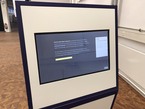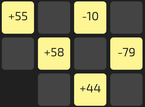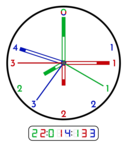Fly faster? Fly shorter!
program
Emeği Geçenler
Katkıda Bulunanlar
Destekleyenler
“Fly faster? Fly shorter!” is an educational math game (designed for one-player or two-players mode). Players fly a plane that cannot change speed, so they can win only by following the shortest route between the checkpoints they have to reach. But which is the shortest route on a map? Test your skill!
Players are flying a plane at fixed speed and altitude, racing each other to be the first to complete a race to six checkpoint on the planet Earth. Since both planes fly at the same speed you can only win by following the shortest route. On a sphere the shortest path between two points is given by an arc of geodesic line, which is an arc of a great circle i. e. a circle whose central point is the same as the sphere center.
The game takes place on Earth, but players see everything projected on a chart of their choice.
Hence your plane will have some unusual behaviour: it will accelerate and decelerate suddenly, it will change its shape and size… you will not believe when you will see it!
But do not worry about your aviator skills: the fault is all of the map distortion!
Unfortunately, this distorsion cannot be completely avoided an important mathematical result: Gauss’s Theorema Egregium.
The distorsion is exactly what is interesting about the game: we let the players experience this distortion in such a way that they can understand mathematical properties of the map by doing this!
Player can discover the shape of geodesic lines, what does it mean to have a conformal or equal-area map, what are parallels and meridians and how they are shown on each chart…
Players can learn while having fun!
If you are curious and want more information check the description files and… enjoy the game!












